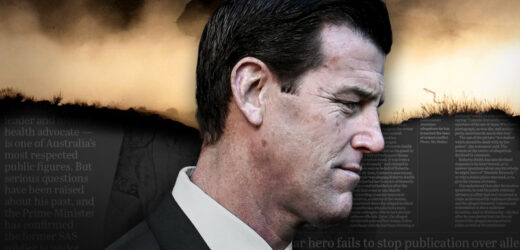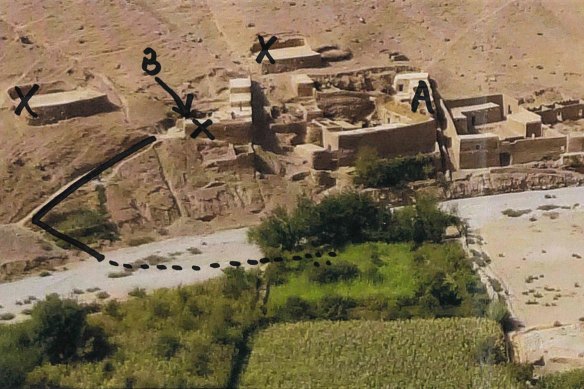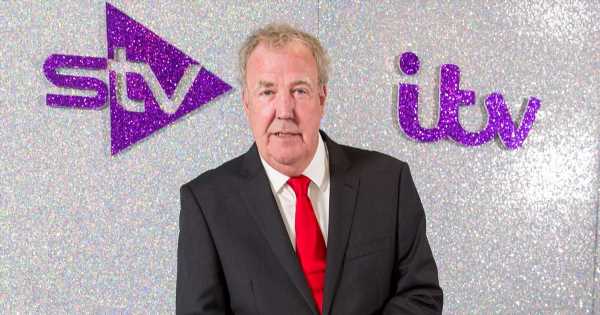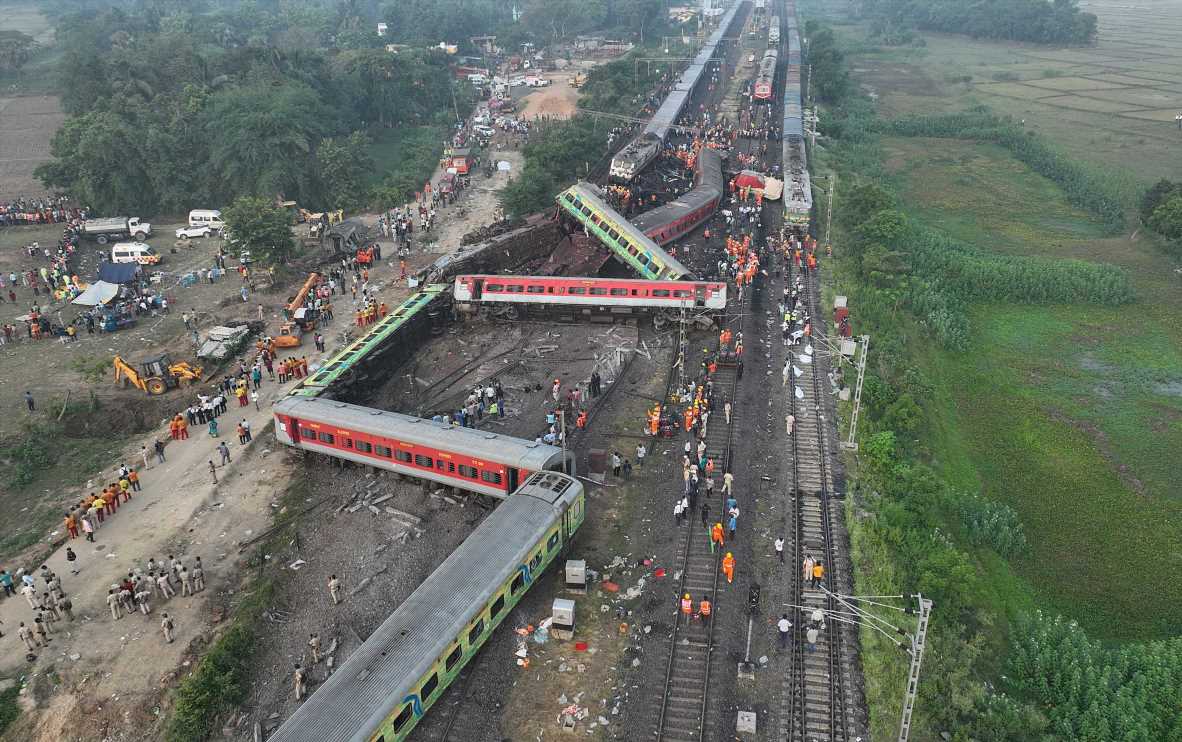Save articles for later
Add articles to your saved list and come back to them any time.
Special forces veterans have lashed out at war criminal Ben Roberts-Smith over courtroom attacks on his fellow soldiers in the witness box in which they were labelled as cowards, liars or mentally unwell.
Former SAS members have also urged Australians to accept the grim conclusion of Federal Court judge Anthony Besanko that the Victoria Cross recipient murdered prisoners and civilians, while demanding authorities consider stripping Roberts-Smith of his contested military decorations.
“I think many people are having a hard time reconciling the fact that someone they thought was a national hero is in fact the complete opposite – found by a court to be a bully, a liar and a murderer,” said one of those who testified against Roberts-Smith.
This witness, an ex-SAS soldier, has been named Soldier Y by this masthead to protect his identity and respect court orders. Soldiers’ names were suppressed during the Roberts-Smith defamation trial under the National Security Information Act, but Soldier Y agreed to speak exclusively to this masthead using a pseudonym.
“It’s a tough pill to swallow, especially for a country that’s believed the lies for so long. But in the [Special Air Service] Regiment, we’d much prefer those hard truths over those comforting fantasies,” the Afghanistan veteran said.
“We are not above the law, we’re not above the rules of engagement. If anything, the expectation for us to adhere to the laws around conflict should be higher than anyone in the entire ADF. [Roberts-Smith] felt he was above all that … that those rules didn’t apply to him.”
Besanko is expected to release his detailed judgment on Monday after speaking only to a summary on Thursday when he threw out Roberts-Smith’s defamation claim finding the allegations against him were proven true.
This masthead has spoken to several witnesses about their experience giving evidence in the defamation trial brought by Roberts-Smith. All have their identities suppressed and, to protect their anonymity, precise details from their interviews cannot be revealed.
None are still serving in the SAS. But Soldier Y agreed for his interview to be aired on 60 Minutes and published in this masthead.
Dusty Miller, a former SAS medic who served in Afghanistan and who in 2020 revealed war crimes involving an SAS soldier not tied to the case, said the finding was vindication for those who testified in court about Roberts-Smith’s now proven involvement in summary executions.
Miller served with several of the SAS witnesses who testified and said they displayed physical courage in fighting for their country and moral courage in exposing a war hero who threatened and intimidated those who challenged his lies.
Miller also warned of ongoing efforts to deride veterans who testified honestly about Roberts-Smith.
“The truth sometimes is still not enough because the myth and the legend is far stronger. There are still going to be a large majority of people out there that will not accept this,” he said.
Soldier Y said some veterans were badly shaken by attacks during cross-examination. At least two SAS veterans broke down after testifying.
Along with being accused of jealousy and cowardice, some soldiers were quizzed about whether the mental trauma they suffered as a result of their wartime service had impacted on their credibility as witnesses. During the court case, Roberts-Smith’s barristers acted on his instructions.
For years, Roberts-Smith has claimed the war crimes allegations were invented by jealous rivals in the SAS and published to harm his subsequent employer, Seven West Media.
“I think most of these blokes have never even seen the inside of a courtroom before and here they are being asked to relive tough experiences – and at the same time they were also being accused of lying and incompetence, and conspiring against BRS by his lawyers,” Soldier Y said. “For some blokes it was pretty tough.”
One witness, a medic, was pressed by Roberts-Smith’s barrister, Arthur Moses, SC, about whether he had witnessed the death of Afghans and whether this had caused the soldier “any anguish or trauma”?
“It’s never nice to see a dead person regardless of whether they’re an Afghan or Australian,” the witness replied.
Moses responded by asking the medic if dead Afghans were “something that is hard to look at”.
When the witness replied that encountering corpses was not enjoyable, Moses asked him again whether dealing with those killed in combat was “difficult to observe”. The witness broke down after leaving the courtroom.
Justice Besanko cautioned Moses about his use of a belittling or insulting tone during the cross-examination of another SAS veteran.
On Saturday, another key member of Roberts-Smith’s legal team, Monica Allen – who was photographed holding hands with Roberts-Smith in 2020 – wrote on social media that she was “pleased” to attract more followers to an Instagram account run by a Roberts-Smith backer who has attacked SAS war crimes witnesses and whistleblowers as “rats”.
Soldier Y said that by launching his case, Roberts-Smith had forced his old colleagues to undergo this additional trauma.
“I think I could say on behalf of every guy who took the witness stand that actually none of us wanted to be there, none of us wanted the publicity or the attention. We just wanted to do our jobs and tell the truth and go home,” Soldier Y said.
Voice from an Afghan village
His comments come as an Afghan villager who witnessed Roberts-Smith kick his uncle off a cliff vowed to testify in any future criminal trials involving the famous veteran, despite his fears of retribution.
An exhibit in the Ben Roberts-Smith defamation case, showing the village of Darwan. The “X” marked with “B” and an arrow is the cliff from which Ali Jan was kicked by Roberts-Smith.
Afghan Mohammed Hanifa delivered vital evidence via video link in the defamation case about how he had witnessed a “big soldier” kick handcuffed Afghan father and farmer Ali Jan off a small cliff during an SAS raid on the village of Darwan on September 11, 2012.
Besanko ruled the now disgraced ex-soldier kicked Ali Jan from the cliff and participated in his execution.
Hanifa risked the wrath of the Taliban to be interviewed by this masthead and 60 Minutes about the execution of his uncle.
In the interview, he demonstrated again how his uncle was kicked while bound from the cliff after laughing at one of Ben Roberts-Smith’s questions. Hanifa said Ali Jan was then dragged into a nearby field and shot in the head and body.
“There were two soldiers who dragged Ali Jan by his arms while his hands were handcuffed behind him, to the corn field, where many shots were fired,” he said.
This masthead has also confirmed that Australian war crimes detectives from the Australian Federal Police interviewed Hanifa in 2019 as part of the AFP’s ongoing investigations into Roberts-Smith.
But sources said prosecutors believed it unlikely any Afghan witnesses would ever testify in an Australian court if Roberts-Smith were criminally charged because the AFP and specialist war crimes body the Office of the Special Investigator are hesitant to deal with the Taliban regime.
Soldier Y confirmed he was interviewed by federal investigators about Roberts-Smith.
Roberts-Smith’s barristers repeatedly challenged witnesses at the defamation trial over their failure to report alleged war crimes.
“They [some of the SAS witnesses] are direct witnesses in events that could constitute war crimes and here they are being forced to relive it. And in the cold light of retrospective day, they are being asked, ‘Why didn’t you stop it?’ ” Soldier Y said.
He said the question raised a major problem in the SAS which the Brereton inquiry also uncovered: the code of silence that meant that shocking war crimes were covered up.
The trial also highlighted how senior SAS figures had failed to act on internal military complaints that Roberts-Smith had gone rogue, Soldier Y said.
Several SAS witnesses described raising concerns up their chain of command about how Roberts-Smith had engaged in war crimes, bullied fellow soldiers or lied about what happened during Afghan mission, with little or no response.
“I know reporting had been [done] in the past; there’s certainly instances that involved BRS and nothing had been done. I think they’d sort of lost faith in the system in a way, that was never going to formally investigate, fact find or scratch the surface so why bother,” Soldier Y said.
Soldiers who testified in the defamation case said junior troopers who dared to challenge Roberts-Smith were bullied or threatened with violence. The allegation that Roberts-Smith was a bully was one of those Besanko ruled was true.
One soldier alleged Roberts-Smith threatened to shoot him in the back of the head.
“He’d basically targeted those people who he felt threatened by,” Soldier Y said. “One of the guys that he relentlessly bullied over the years was literally half his size.
“It’s the kind of behaviour that he exhibits. Very aggressive in that it almost got the point of people stopped calling him out. That if anyone tried to question or raise an issue with him, it just triggered this irrational rage.”
Soldier Y called for Roberts-Smith’s war decorations to be investigated in light of the Federal Court findings that Roberts-Smith is a war criminal and liar, and given the discrepancies and doubts aired during the defamation trial about the citations underpinning certain medals.
SAS sources have long queried the accuracy of the citations that led to Roberts-Smith’s Medal for Gallantry in 2006 and Commendation for Distinguished Service in 2012.
“He knew he could get a citation through and it wouldn’t be questioned,” Soldier Y said. “If they are accurate and true, he has nothing to worry about. If they are not true, well then they should be removed.”
Get the day’s breaking news, entertainment ideas and a long read to enjoy. Sign up to receive our Evening Edition newsletter here.
Most Viewed in National
From our partners
Source: Read Full Article



